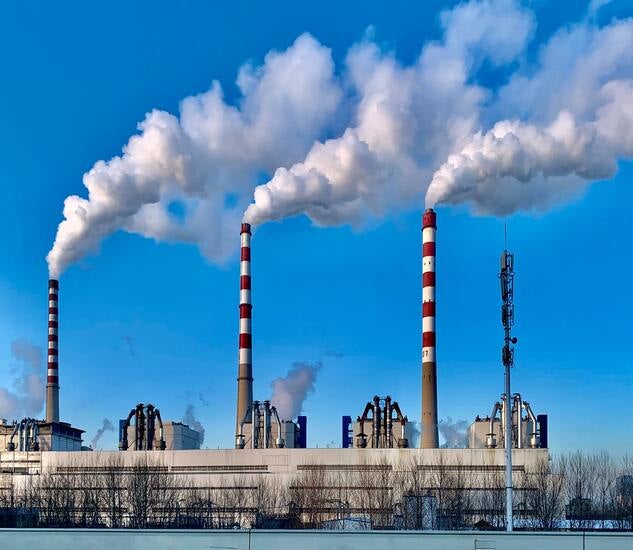
Blue hydrogen is produced by converting natural gas into hydrogen and carbon dioxide, which is then captured and permanently stored, and the BP facility would store the equivalent of the emissions from the heating of one million UK households.
H2Teesside would be integrated with the region’s already-planned Net-Zero Teesside and Northern Endurance Partnership carbon capture use and storage projects, both of which are led by BP.
As part of this project, BP has also signed agreements to work with Venator, Northern Gas Networks, and Tees Valley Combined Authority.
The latest project would be a significant step in developing BP’s hydrogen business and could make a major contribution to the UK Government’s goal of developing 5GW of hydrogen production by 2030. The facility itself is targeting 1GW of hydrogen production by 2030.
BP executive vice president of gas and low carbon energy Dev Sanyal said: “Clean hydrogen is an essential complement to electrification on the path to net-zero. Blue hydrogen, integrated with carbon capture and storage, can provide the scale and reliability needed by industrial processes. It can also play an essential role in decarbonising hard-to-electrify industries and driving down the cost of the energy transition.
How well do you really know your competitors?
Access the most comprehensive Company Profiles on the market, powered by GlobalData. Save hours of research. Gain competitive edge.

Thank you!
Your download email will arrive shortly
Not ready to buy yet? Download a free sample
We are confident about the unique quality of our Company Profiles. However, we want you to make the most beneficial decision for your business, so we offer a free sample that you can download by submitting the below form
By GlobalData“H2Teesside, together with Net-Zero Teesside and Northern Endurance Partnership has the potential to transform the area into one of the first carbon-neutral clusters in the UK, supporting thousands of jobs and enabling the UK’s Ten Point Plan.”
The close proximity of the site to North Sea storage sites, pipe corridors, and operational hydrogen storage and distribution capabilities can help H2Teesside lead a low carbon transformation, supporting jobs, regeneration, and revitalisation of the surrounding area.
Industries in Teesside currently account for over 5% of the UK’s industrial emissions and the region is home to five of the country’s top 25 emitters.
UK energy minister Anne-Marie Trevelyan said: “Driving the growth of low carbon hydrogen is a key part of the prime minister’s Ten Point Plan and our Energy White Paper and can play an important part in helping us end our contribution to climate change by 2050.
“Clean hydrogen has huge potential to help us fully decarbonise across the UK and it is great to see BP exploring its full potential on Teesside.
“Clean hydrogen is an essential complement to electrification on the path to net-zero. Blue hydrogen, integrated with carbon capture and storage, can provide the scale and reliability needed by industrial processes.”
With a final investment decision expected in early 2024, the site could begin production in 2027. BP has already begun a feasibility study into the project to explore technologies that could capture up to 98% of carbon emissions from the hydrogen production process.
With large-scale, low-cost production of clean hydrogen, H2Teesside could support the conversion of surrounding industries to use hydrogen in place of natural gas, playing an important role in decarbonising the cluster of industries in Teesside.
The project’s hydrogen output could also provide clean energy to industry and residential homes, be used as a fuel for heavy transport, and support the creation of sustainable fuels, including bio and e-fuels.




